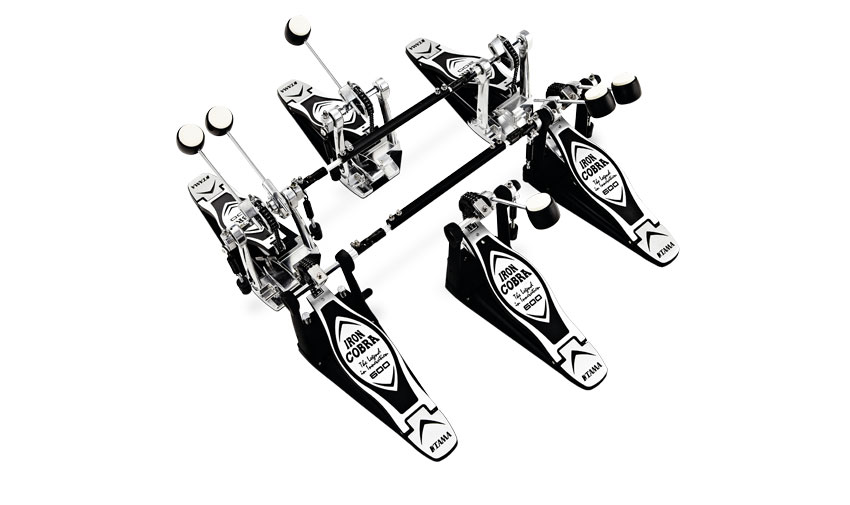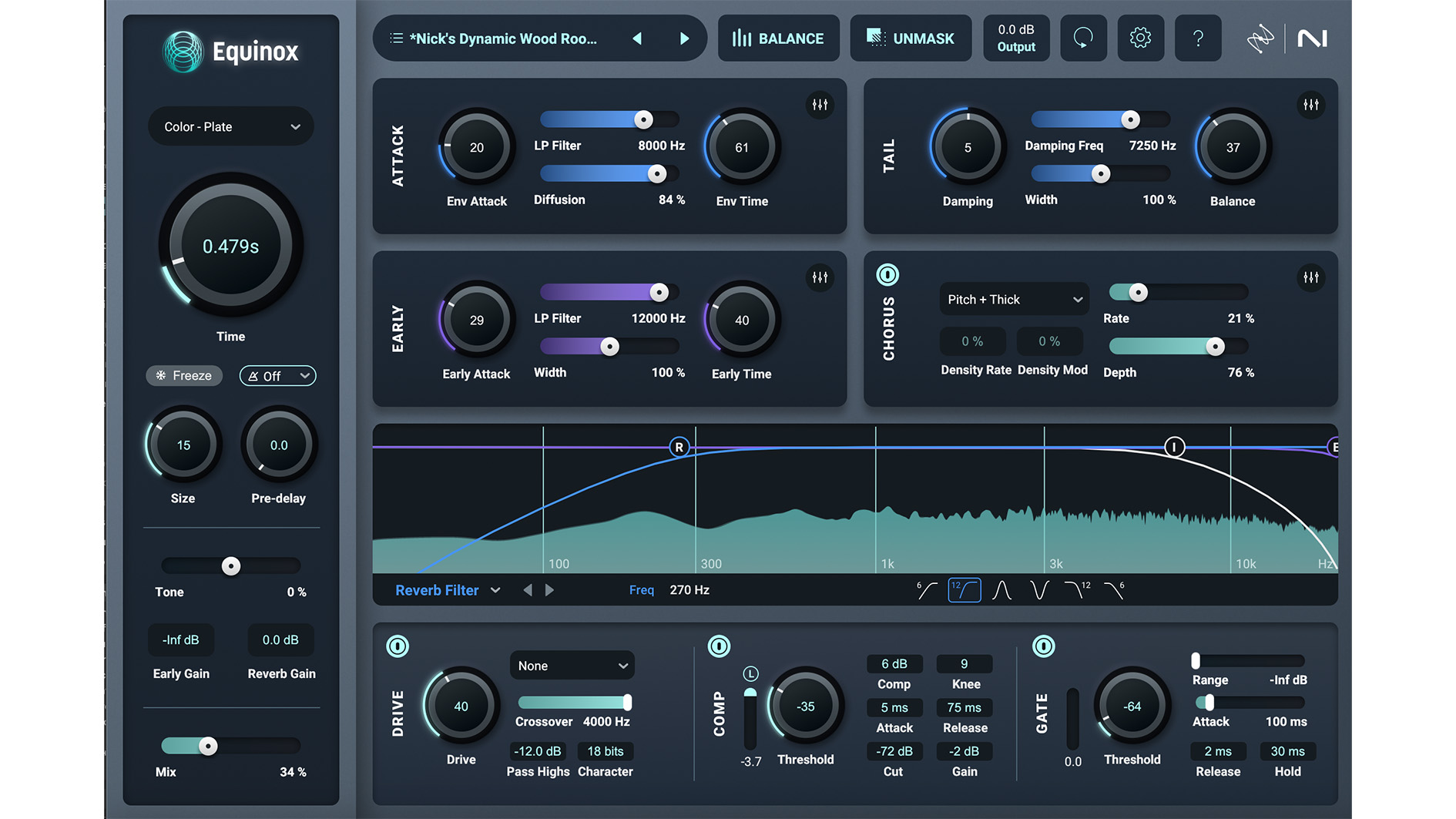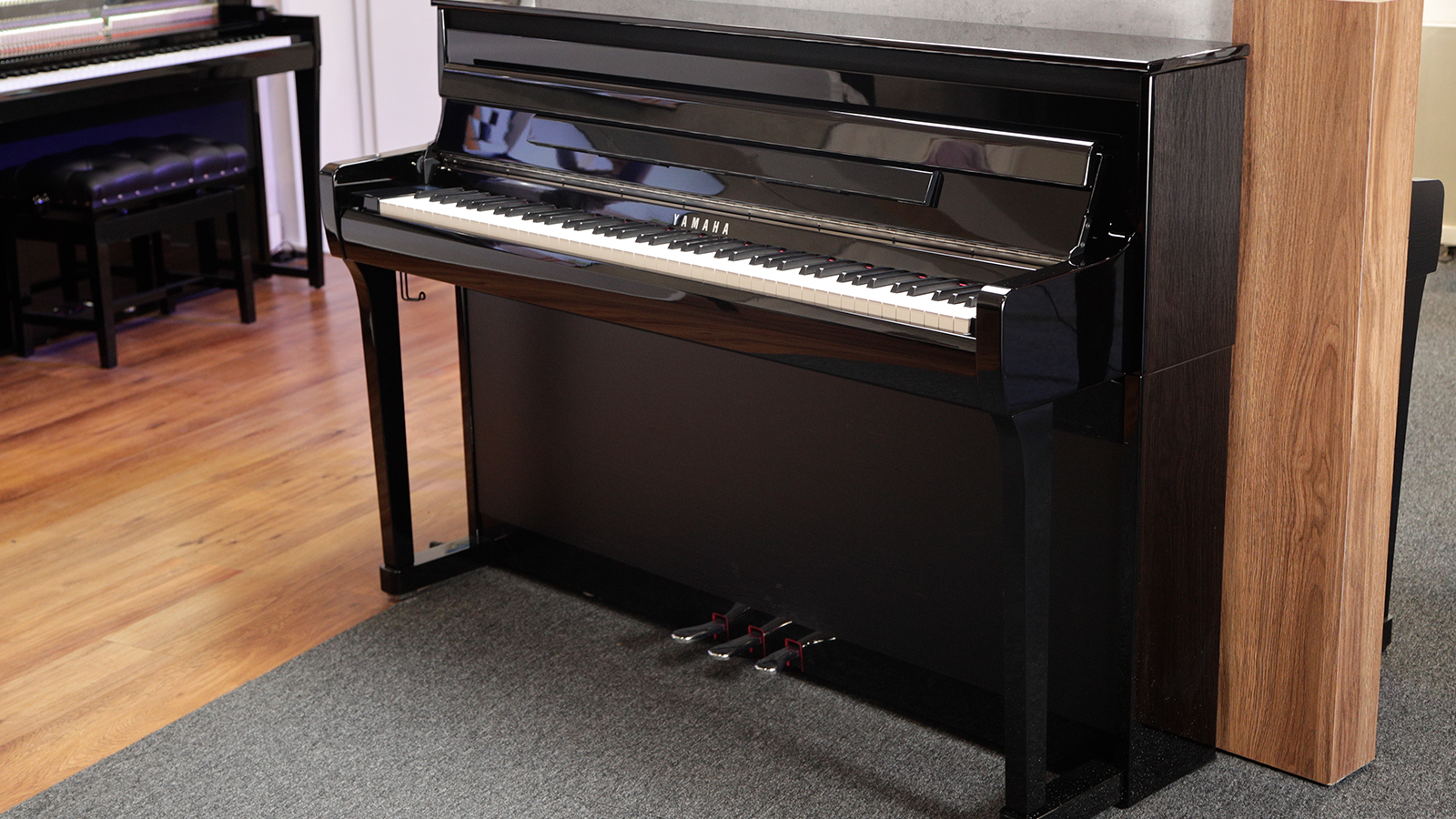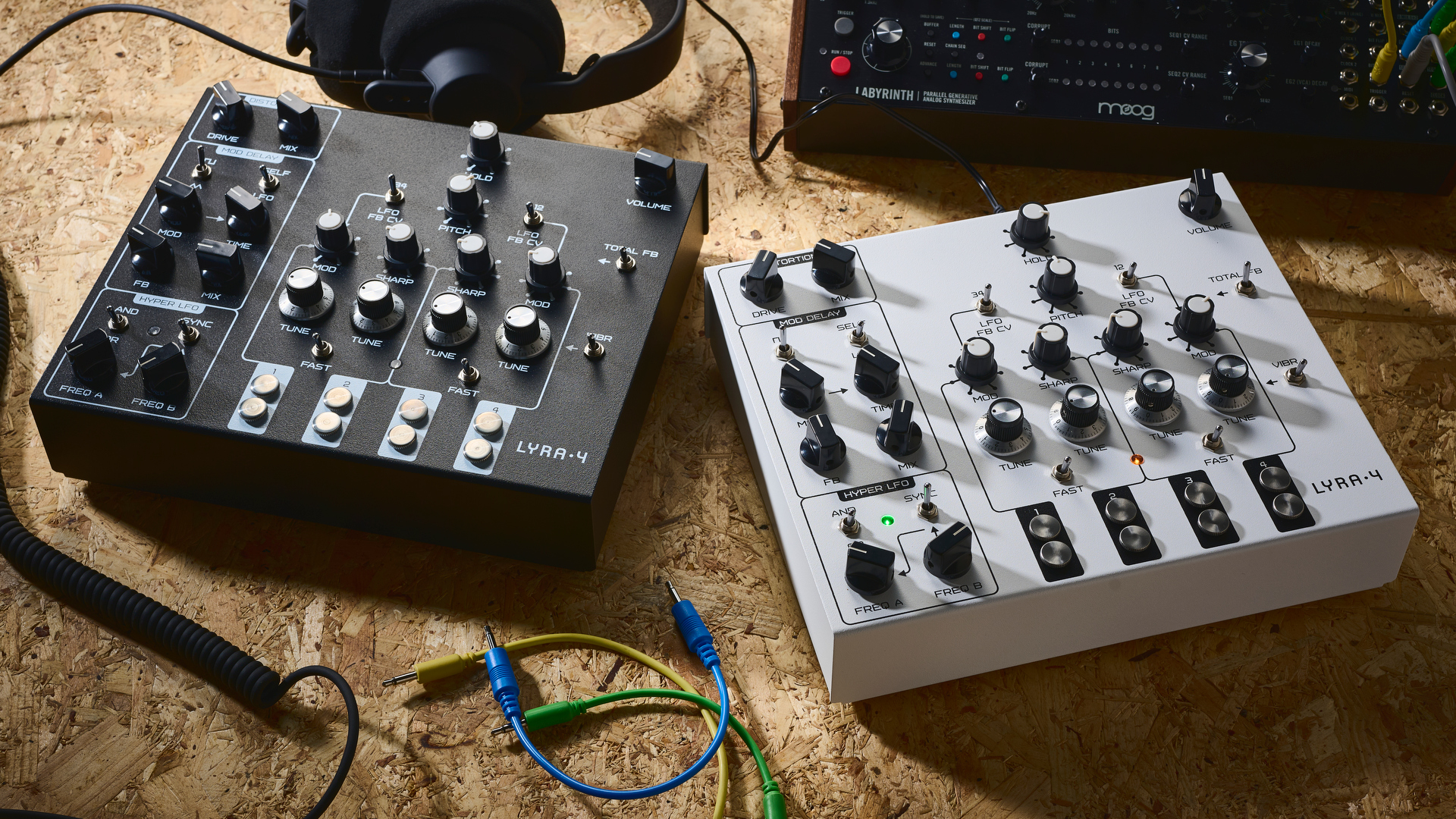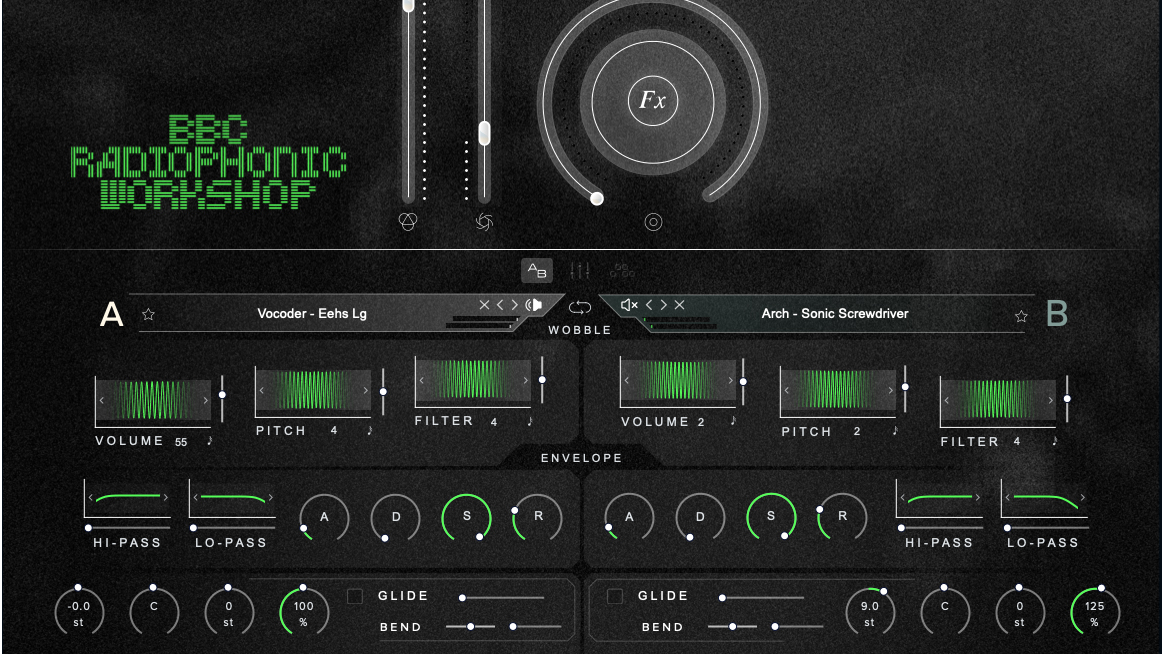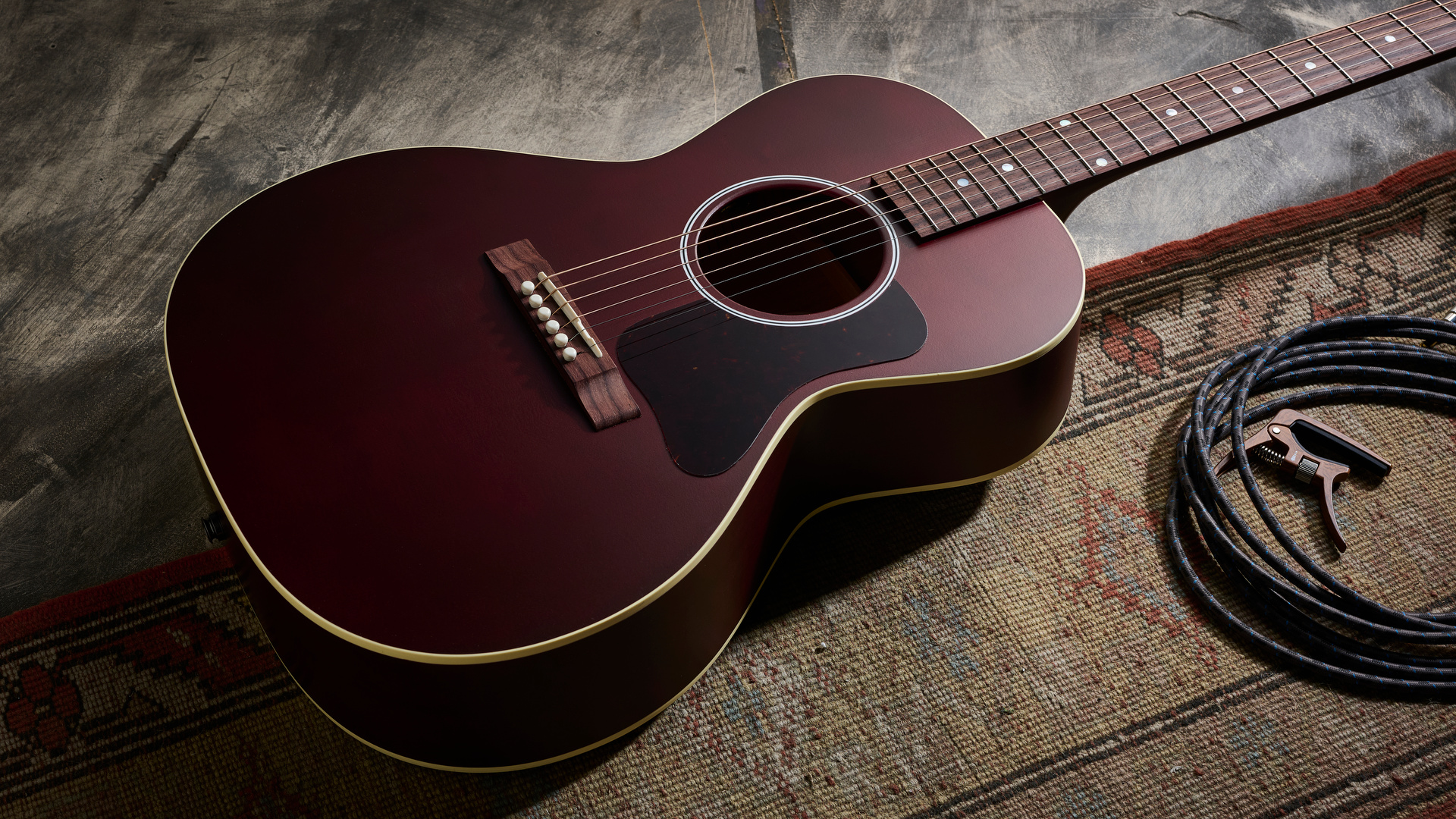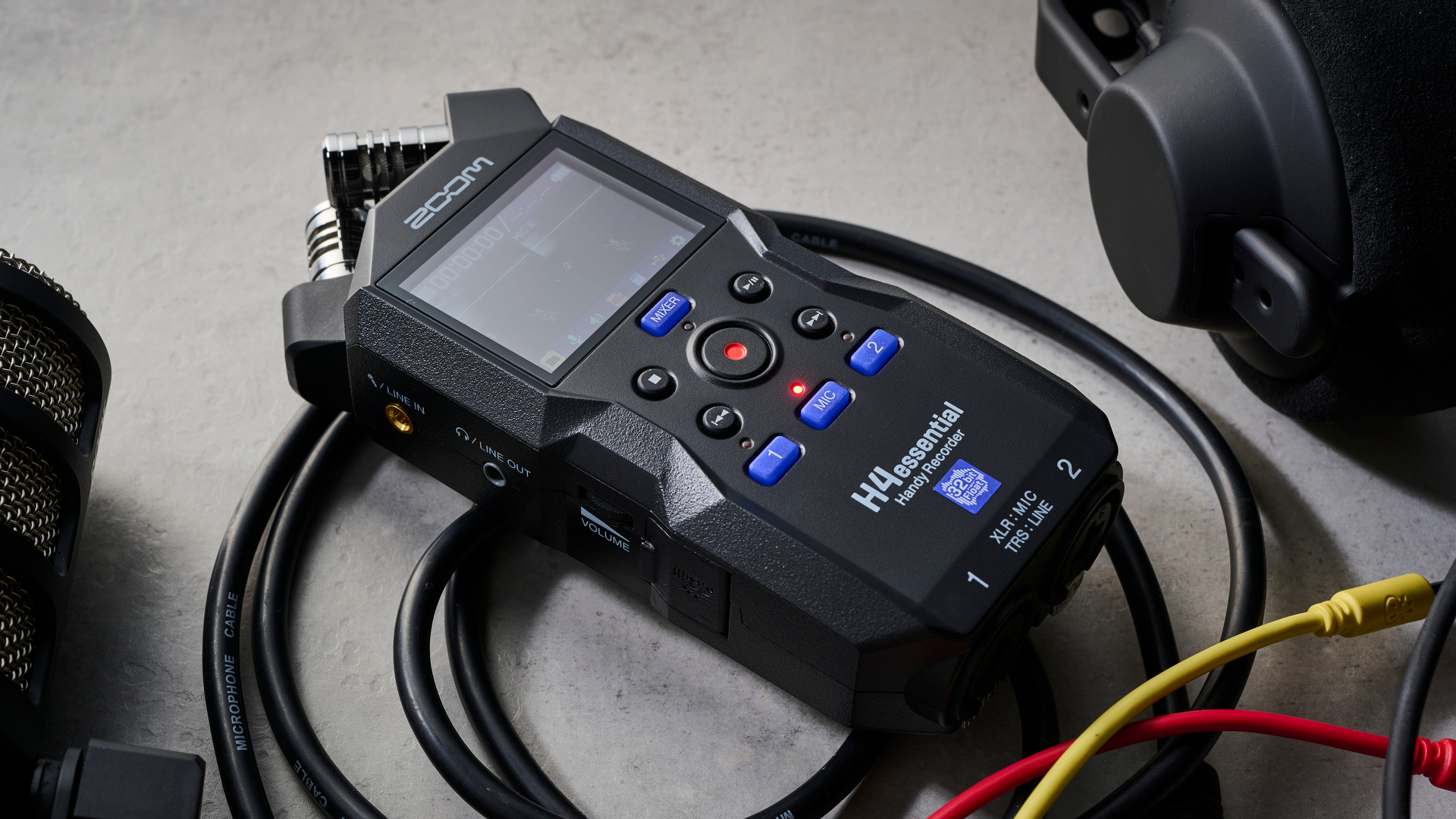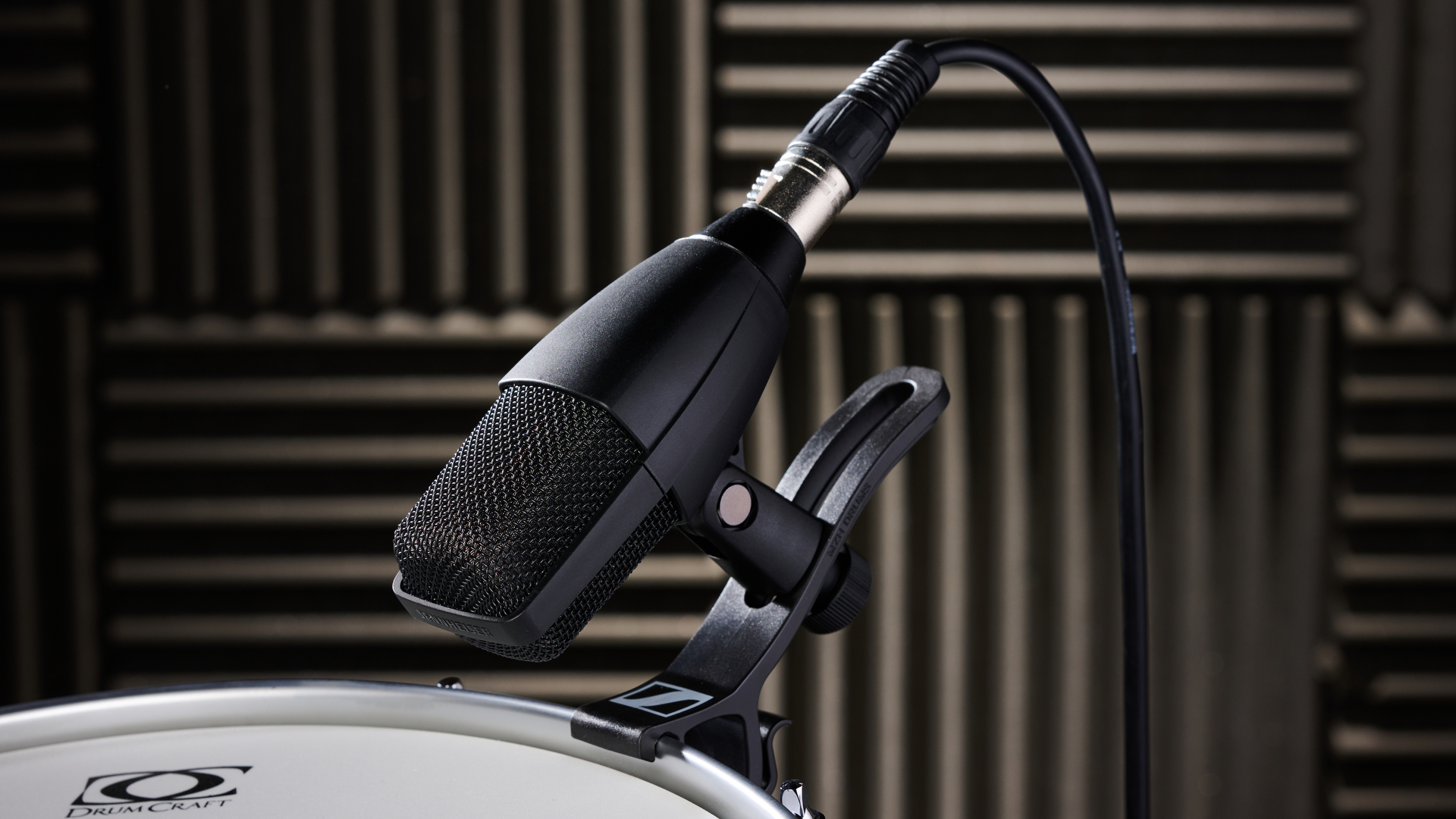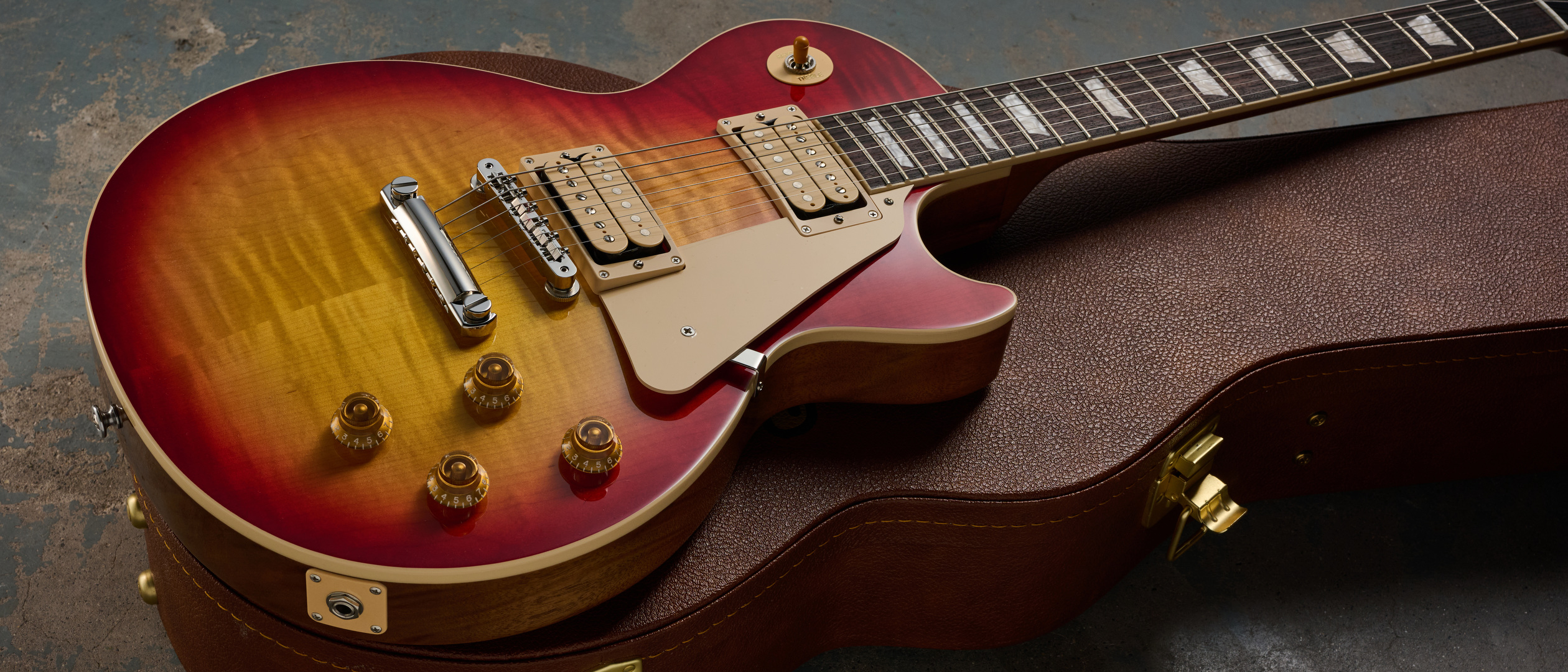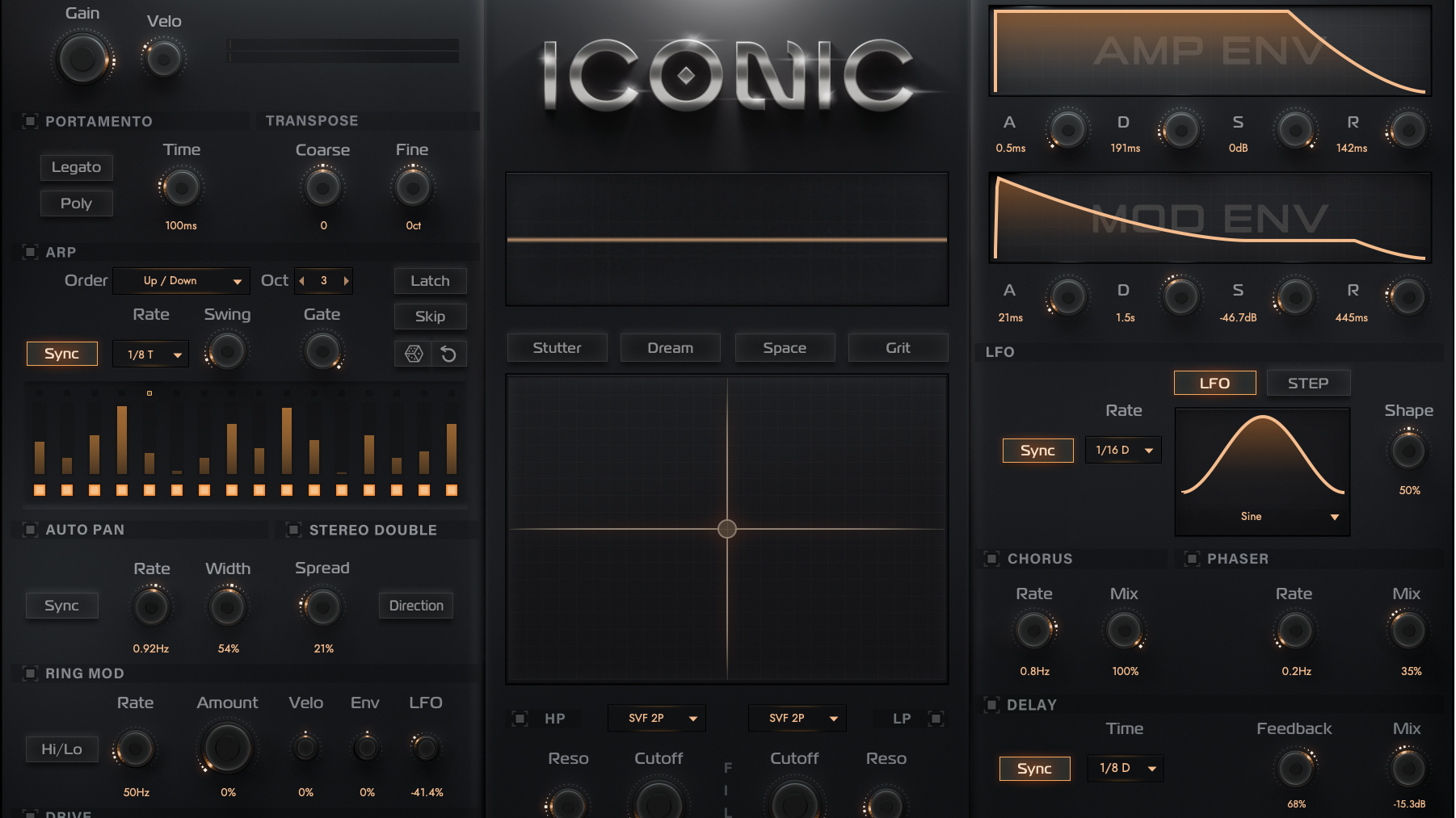Early Verdict
Tama's Iron Cobra pedals have earned a world class reputation over the past two decades. This affordable interpretation will not dent it.
Pros
- +
Well-built. Sturdy feel underfoot. Good value.
Cons
- -
Not hugely adjustable.
MusicRadar's got your back
This year marks the 20th anniversary of Tama's Iron Cobra pedal, a huge milestone in the life of any product. With the popularity of the company's flagship pedal higher than ever, Tama has decided to realign its lower range pedals under the Iron Cobra banner, introducing the new 200 Series at this year's NAMM show.
Build
"The lineage of the new pedals is unmistakable, from the classic bulging footboard to the tapered upright posts"
The 200 Series pedals are lightweight single chain designs, but decidedly business-like. They are equipped with solid baseplates, twin surface beaters and are available as doubles (though surprisingly no left-sided versions are offered as yet).
The Iron Cobra shape recognisable today was first coined in 1998 when the second generation of IC pedals was introduced; while various tweaks and improvements have taken place since then, the basic visual blueprint remains the same. The lineage of the new pedals is unmistakable, from the classic bulging footboard to the tapered upright posts. Tama uses its black powder coating shrewdly to help demarcate between the series, sprinkling the most on 900 pedals, with smaller but significant (in the areas treated) amounts used on each model down.
Hands On
"The 200 Series pedal feels remarkably stable in comparison to its bigger brothers in the 600 and 900 Series"
The 200 Series pedal's chosen cam is Power Glide and follows the same shape as that on the 900 Series Power Glide Iron Cobras. The 200 Series pedals' equipment also includes the anti-twist Spring Tight rod, a locking spring nut and adjustable beater angle.
As well as the strong visual resemblance to the 900 pedals, the new models successfully capture much of the solidity that is one of the defining characteristics of Iron Cobra pedals. They feel planted underfoot, as though they have sunk foundations into the floor below.
The 200 Series pedal feels remarkably stable in comparison to its bigger brothers in the 600 and 900 Series, with a degree of sure footedness that is almost incongruous with its price-point. It's a tough and responsive pedal that feels anything but cheap. The double version performs equally well, with the full spec connecting bar ensuring that there is no discernible lag from the slave side.
All the components engage efficiently, making for quiet, unruffled operation that's distinctly at odds with the blurred footwork taking place.
"That's what it takes to make music that's gonna last forever": Olivia Rodrigo and Chappell Roan producer Daniel Nigro on crafting timeless tracks
“A fully playable electro-mechanical synth voice that tracks the pitch of your playing in real time”: Gamechanger Audio unveils the Motor Pedal – a real synth pedal with a “multi-modal gas pedal”
“It was the first rock monster that we'd created”: How an explosive 2001 switch-up revealed just how ferocious Muse could get
